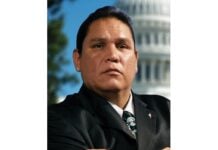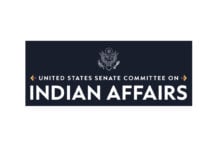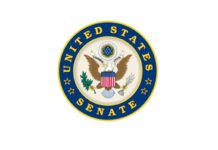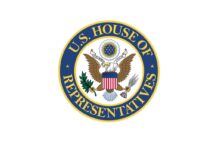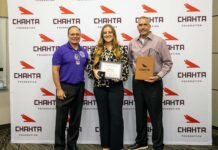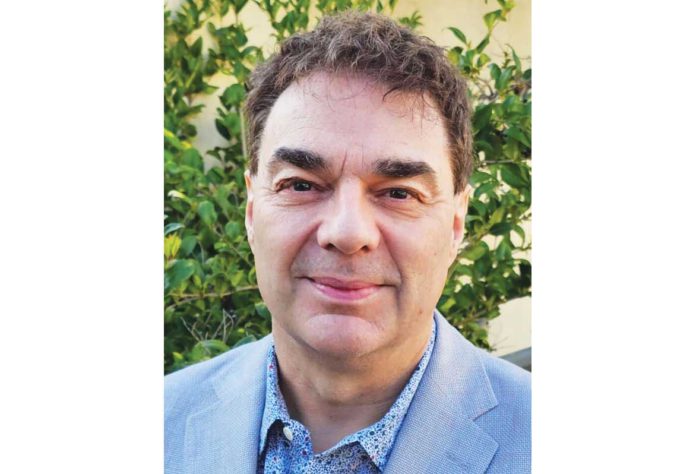by Andrew Cardno
When you run a tribal gaming operation, freeplay (often referred to as match play, free slot play, or promotional credit) is an essential part of your player reinvestment strategy. It serves as a powerful tool to drive player loyalty and encourage additional visits. However, as you expand your freeplay offerings, you may find yourself grappling with an important question: What is the true cost – and the true value – of freeplay?
This question can be difficult to answer because two opposing dynamics are always at play:
- Freeplay can displace existing bankroll. If players use freeplay in place of the money they normally spend, revenue could be cannibilized.
- Freeplay can drive incremental visits. If freeplay prompts additional trips to your casino – or entices players to choose your property over a competitor – you could see a significant lift in overall revenue.
Despite the lively debate this topic often triggers, there is a reliable way to measure freeplay’s impact. By applying the scientific method in a test-and-control setting, you can isolate how much of your freeplay investment generates additional revenue versus how much simply replaces your players’ usual bankroll.
Understanding the Core Dynamics of Freeplay
To see how freeplay can displace revenue, imagine a guest who typically brings $200 to play electronic blackjack at your resort. If you provide the guest with $100 in freeplay, two different scenarios can play out.
The guest still spends the full $200
In this case, the guest uses his original $200 plus the additional $100 in freeplay, bringing his total to $300 in wagers. Your property captures the same $200 it normally would, and the freeplay adds to the player’s gaming experience. You’ve increased their total play without displacing their usual spend.
The guest reduces his own spend to $100
Here, the guest uses $100 of their own money and the $100 in freeplay for a total of $200 in wagers. You’ve now displaced half of the guest’s original bankroll and reduced the casino’s net revenue. This is the classic example of freeplay cannibalization.
In this second case, you risk diminishing a segment of your existing gaming revenue. If many players respond to freeplay in this way, your property could see a reduction in net profitability – unless you can prove the freeplay is also driving new visits or higher levels of engagement.
On the flip side, freeplay can be incredibly effective at generating incremental visits. Suppose the guest is tempted to visit your property an extra time each month solely because of a $100 freeplay offer. If that trip replaces one they would have otherwise taken to a competitor’s property, the full $200 of their usual spend becomes a net gain for your business. In this case, freeplay didn’t displace revenue – it created it.
The Importance of the Scientific Method
Because so many factors influence gaming revenue – from weather to competitor promotions to local events – it’s nearly impossible to rely on simple before-and-after comparisons when assessing the effectiveness of a freeplay promotion. The most accurate way to determine whether freeplay is creating value is to apply a scientific method. This process relies on a test-and-control experiment to isolate the impact of your
promotion. Here’s how it works:
1) Identify two similar groups. Segment your player database by metrics like theoretical value, visit frequency, game preferences, and geography. Then randomly split them into a test group and a control group.
2) Provide different offers. Offer the test group a higher freeplay amount (e.g., $100) while the control group receives no offer or your baseline promotional amount. Make sure all other factors remain equal between the two groups.
3) Track and measure outcomes. Monitor key metrics over a specific time period. Look at visitation, coin-in or handle, theoretical and actual win, and net revenue (revenue minus freeplay).
4) Analyze the data. Compare the test group’s performance to the control group’s. If the test group shows a statistically significant lift in net revenue relative to the control group, your promotion has likely generated incremental value. If not, the same models will show displaced revenue.
Because both groups are exposed to the same external factors – competitor behavior, weather, holidays – any meaningful difference in performance can be attributed to the freeplay offer itself.
Watch Out for Common Pitfalls
While test-and-control is a powerful method, planning and execution should be done carefully to avoid pitfalls that could invalidate your results.
- Sample size: Small groups are more vulnerable to randomness, especially in gaming where a single high-limit player can skew the results. Make sure your sample size is large enough to smooth out volatility.
- Statistical significance: Not all differences in performance are meaningful. Use statistical tests (such as t-tests or analysis of variance) to confirm your results are valid and not just due to chance.
- Short test windows: Gaming behavior is variable. Testing over a short time period may lead to unreliable conclusions. Try to allow enough time to capture multiple visits per player.
- Crossover contamination: If players in the control group accidentally receive the test offer, your results become muddled. Maintain clean group boundaries and validate execution with your marketing and IT teams.
- External events: A spike in competitor promotions, a local concert, or even bad weather can impact visitation and play. Repeating your test or adding more data points can help ensure robustness.
Moving Beyond Post-Hoc Analysis
You may be tempted to launch a freeplay campaign and review the results by comparing overall revenue before and after. While post-forma analyses offer insight, they often lack the rigor necessary to isolate freeplay’s true impact.
Did revenue increase because of freeplay, or was it due to a concert or event on the property? Did an uptick in the local economy influence spend? Post-hoc analysis can only show correlation – not causation.
Test-and-control removes much of the ambiguity. With controlled exposure to the promotion, you can identify its actual effect with confidence.
A Practical Blueprint for Your Tribal Casino
Here’s a simplified action plan to get started:
- Segment your players. Use a combination of worth metrics, visitation patterns, and game type to group similar players.
- Set your objective. Are you trying to increase trips, drive higher coin-in, or improve net revenue? Your goal will shape your offer.
- Keep the control group clean. Give them no freeplay or a consistent offer so you have a baseline to compare.
- Choose the right timeline. Allow time to gather meaningful data, particularly for players who visit infrequently.
- Analyze thoroughly. Filter out outliers and conduct the right statistical tests. Look beyond surface metrics to net results.
- Iterate and refine. Run multiple tests, change one variable at a time, and refine your freeplay strategy for better ROI.
The Bottom Line
Freeplay can be both a strategic advantage and a silent expense. If it displaces player wallet without bringing in new trips, it reduces profitability. However, if it attracts additional visits or helps you win back share from a competitor, it can pay off significantly.
The only way to truly know is to execute test and control. Adopting a disciplined, test-based approach allows you to move beyond relying on instinct or anecdotal evidence to basing decisions on quantifiable, statistically sound evidence.
In today’s competitive gaming environment in which players are increasingly informed and savvy, promotional dollars must stretch further and deliver real returns. Applying the scientific method isn’t just a best practice – it’s a necessity.
When it comes to freeplay, it’s not just about generosity, it’s about precision. The more precise your understanding, the better positioned your property will be to maximize loyalty, revenue, and long-term success.
Andrew Cardno is Co-Founder and Chief Technology Officer of Quick Custom Intelligence (QCI). He can be reached by calling (858) 299-5715 or email [email protected].














